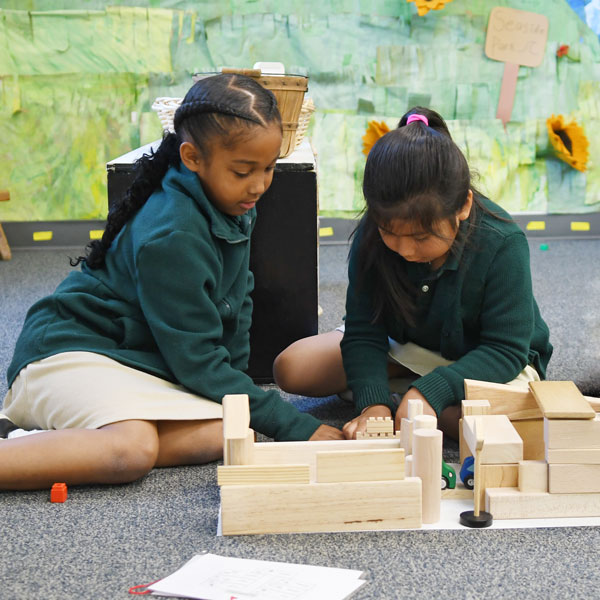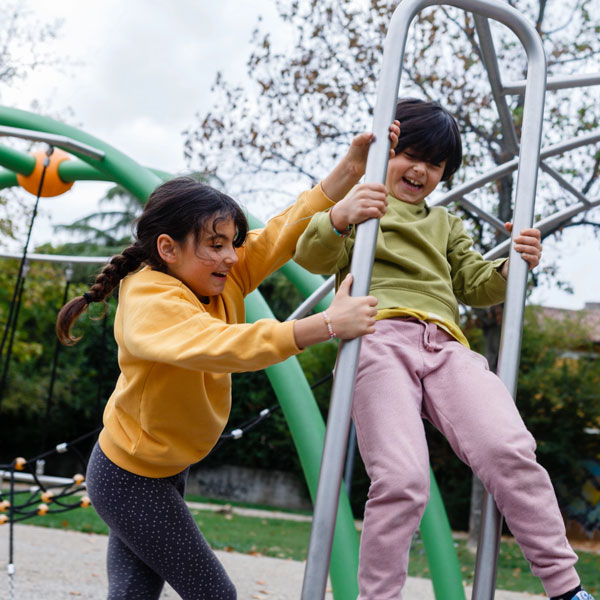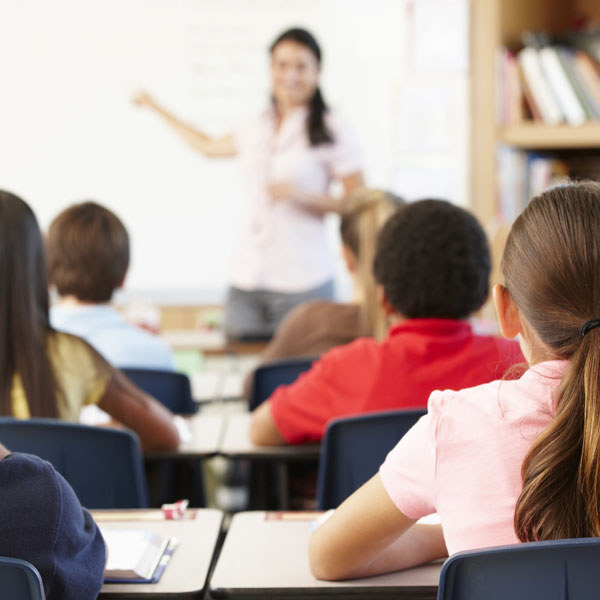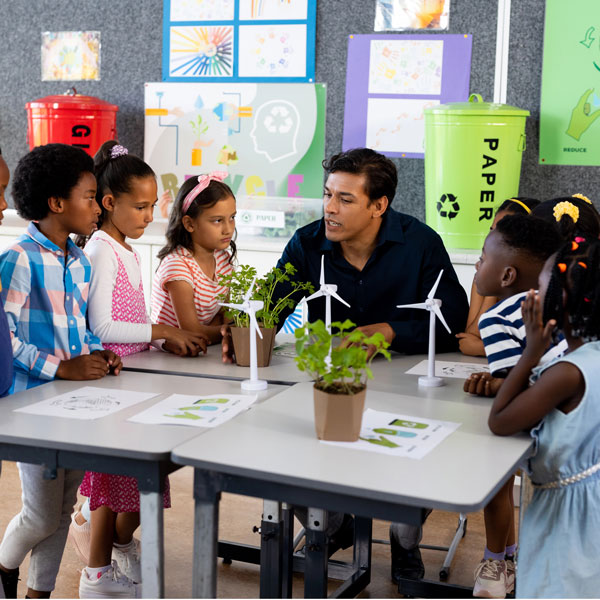Intentional, child-driven, teacher-scaffolded approach that focuses on making learning joyful, engaged, meaningful, active and iterative
What You’ll See: Students exploring 3-D shapes by reading a book about an architect, taking a neighborhood walk, using blocks and other materials to replicate the buildings they saw and writing a poem about their community. (language arts, math, engineering, social studies)
Best For: Elementary schools and classrooms wanting to maximize student engagement and achievement through hands-on learning experiences that continue to meet curriculum requirements and standards.




